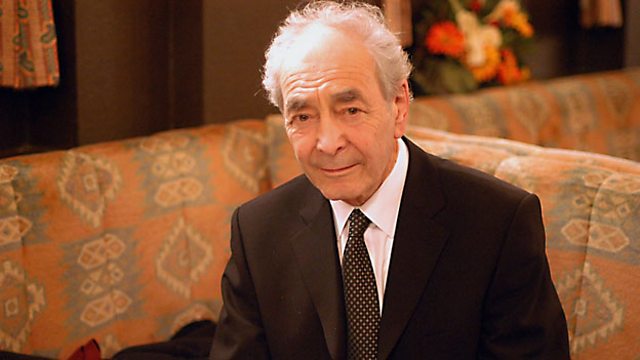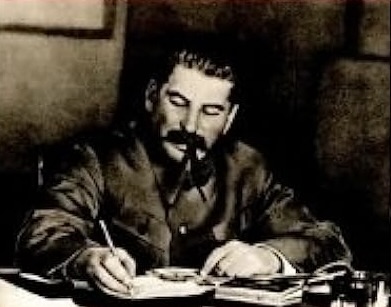
For anybody who has had to engage with their local GP surgery at any point in the last five years or so, there would have in all likelihood been a deep sense of dread as they picked up the phone to call the receptionist. Whether it was the trouble getting through at all, the near certainty that they would be rudely handled by a surly member of staff, the fact that getting an appointment that day is a near-certain impossibility or that getting an appointment at all, whether it be on the day or in three weeks time, is a question of luck over any and all other factors, seeing a GP these days is way more trying and difficult than it has ever been.
My GP for many years was Dr Diwani, an Egyptian gentleman whose surgery covered an area of about two or three square miles of the town where I lived. To see him, you’d walk to the surgery, which for me would take about fifteen minutes, and then wait in the waiting room, wondering which copy of Reader’s Digest to peruse or whether to watch the traffic going up and down on the Colchester Road. I’d wait, barber-shop style, working out who had sat down to wait before me to deduce when was my turn to be seen. Then the doctor would poke his head around the door from his office, saying only “Please!” to indicate that he’d see the next patient.
Once in the doctor’s office, I would be invited to sit down, while Dr Diwani shuffled through his medical records, which stretched along the whole back wall o the office from the floor to the ceiling. No words would be exchanged until my doctor found my medical record, extracted the paperwork from its cardboard sleeve and a date stamp was printed onto it to confirm that I had visited. Then he would ask “How can I help you?”. That was how GP surgeries used to be. One man or woman, one surgery, hundreds of patients and they would know them all. They’d know children, parents and grandparents of the same family, supporting pregnant mothers and watching their children grow up into adults.
Unfortunately, the notion of the solo GP has largely disappeared. GP surgeries are now buildings which have multiple practitioners working in them. They have receptions and surly receptionists apparently specially trained to be as rude and as unhelpful as possible. They have GPs who seem to have their eyes trained more on their computer monitor than they have on their patient. They are also incredibly difficult to get appointments for. This poses a problem, because in the main the local General Practitioner is the gateway into the NHS – from seeing a GP, a patient can be referred to anywhere within the NHS. Whenever we have a condition or an ailment, going to the doctor’s should be simple and stress free, yet the reality is starkly different.
I have personal experience of the struggles of getting an appointment to see a doctor, of staff nurses making misdiagnoses and an eventual diagnosis, made by a dermatologist at the local hospital, turned out to be a melanoma which required surgery which was far more invasive and debilitating than it would have been had the problem actually been seen, rather than diagnosed over the phone, and dealt with sooner.
Accident and Emergency departments bear the burden of this shortfall in care. It’s fair to say that there are considerable number of people waiting in A&E departments for whom their issue is neither an accident or an emergency – they are there as an overspill from a GP surgery which either cannot or will not see them in a timely manner. But how did it come to this?
The situation of GP surgeries and the difficulties in getting an appointment stretches back for many years. In my town, there are just five GP surgeries: That’s one surgery for every 11,00 people living in the town. It’s little wonder that, come Monday morning, you’d have more chance of meeting Elvis Presley than you would have getting through to the reception of your local doctor’s. I know someone who called their doctor surgery 147 times in one morning before they were able to get through.
On its face, it looks like there is a severe shortfall in capacity, that there are nothing like enough surgeries or GPs to meet demand. Data from the Nuffield Trust shows that there were 27,487 qualified GPs in England, with the Government’s own target being 34,129 at the same time. In fact, there are less qualified GPs in December 2023 than there were in December 2016, according to the same data. It is clear that at least part of the issues that patients have in getting an appointment with their GP is because there just aren’t enough of them.
Another key factor has been Covid. When the pandemic struck Britain in 2020, the NHS’s reaction was to severely restrict access to its facilities, including hospitals and GP surgeries. The deleterious effect that preventing people from accessing hospitals will be covered in a later article, but in the case of GP surgeries it resulted in doctors working from home handling contacts from patients over the phone. In fact, cases would be triaged twice – firstly by the surgery receptionist and then again by the GP themselves after the telephone appointment to ascertain whether the patient’s issue was serious enough to require a face-to-face consultation.
Whilst this approach may have appeared to have been a sensible response at the time it was introduced, as the evidence grew which suggested that Covid may not have posed the grave threat that had been at first feared, the NHS remained resolute in its policy to turn its hospitals into fortresses and GP surgeries into ghost towns. Even months after the worst effects of Covid had receded, community hospitals still imposed strict mask-wearing mandates and other Covid-era rules on patients long after all other restrictions had been dropped. One legacy of this is that there are still a sizeable number of GPs who are working from home, either for part or all of their working week, which makes arranging a face-to-face appointment even more difficult given the existing staffing shortages that I outlined above.
Can late-stage capitalism fix this problem? The evidence suggests not. One key issue is that, by the time the Government or NHS realises that staffing numbers are far too low to meet the demand, it then takes years to make up the shortfall. One shortcut for western countries in particular is to import qualified doctors from abroad – Italy for instance has been inviting practitioners from countries like Romania for years. But of course this means that it’s Romania which suffers from a shortage of qualified medical staff, unable as it is to compete with the more generous wages that the Italians are able to pay.
If socialism was introduced into this country tomorrow, the problem of getting a doctor’s appointment would still exist, at least until such time as there were enough qualified doctors to meet the needs of all the people. But, as part of a planned economy, we would be able to predict the demands that would be placed on our health service and provide enough fully trained staff to be able to give people appointments within days, not weeks, and to give every patient a face-to-face consultation without time constraints.


Leave a comment